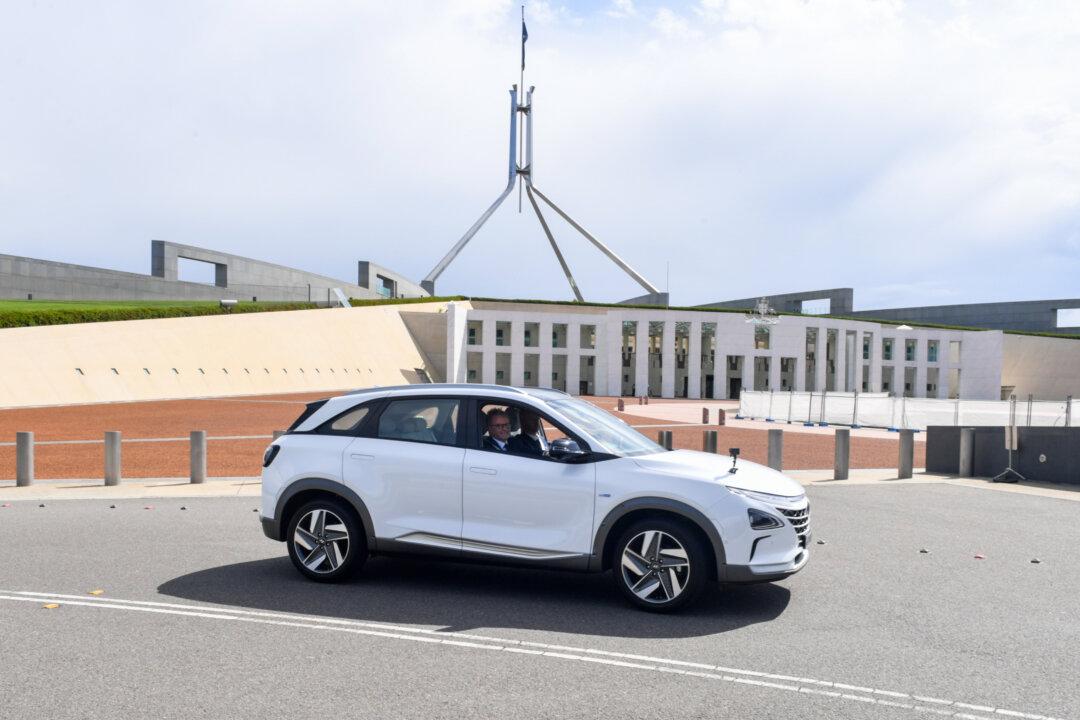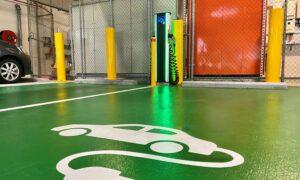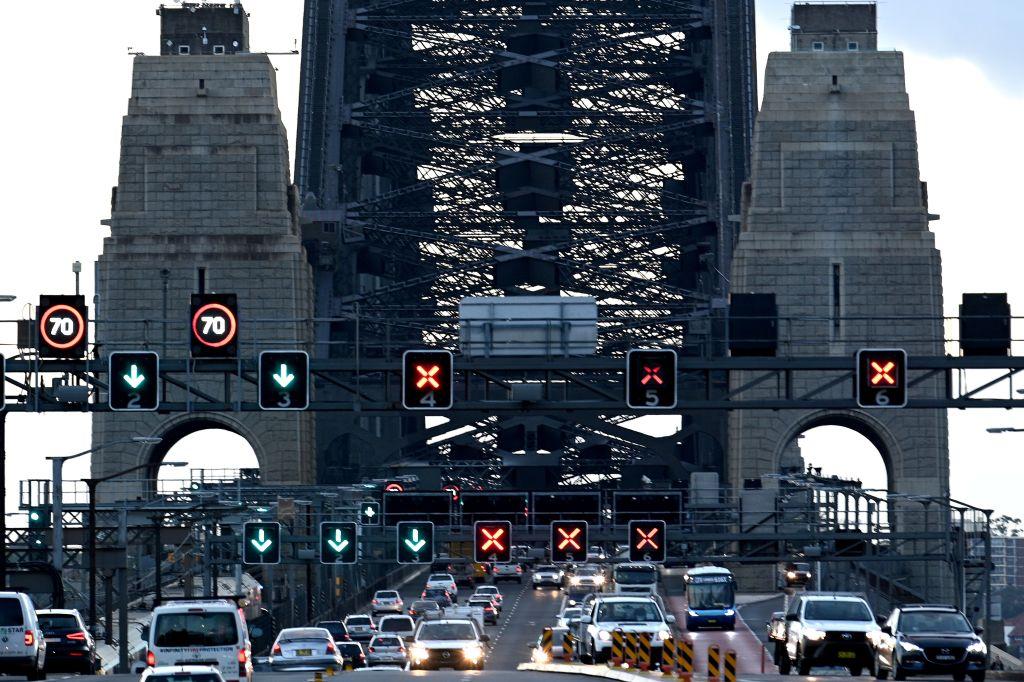One of Australia’s most popular car makers has broken ranks to support new rules on car emissions, saying the nation has only a short time “to catch up to other advanced markets” and needs to take action.
Hyundai on Feb. 16 issued a statement supporting the government’s plan, following days of criticism from other parts of the automotive industry about the proposed New Vehicle Emissions Standard.
The rules, which would come into force in January 2025, would place an emissions cap on each automaker’s vehicle fleet that would tighten each year to reduce transport pollution.
Vehicle emission standards are in place in most developed countries including the U.S., UK, Japan, China, and nations within Europe.
Critics of the government’s proposed standard warn Australia should introduce its standard slowly and set emissions targets low, to avoid raising the price of popular fuel-hungry vehicles such as utes and large SUVs.
Hyundai, which ranked as Australia’s fourth most popular car brand in January, voiced its support for the proposed standard, with Australian chief operating officer John Kett saying the nation needed to take action quickly.
“We only have five years to catch up to other advanced markets which have had efficiency standards in place for decades and that’s a challenge,” Mr. Kett said.
“With the standard in place ... we will be doing our bit to reduce emissions in line with Australia’s commitment to decarbonise.”
Mr. Kett said the standards outlined in New Vehicle Emissions Standard analysis were ambitious but could help to deliver more low-emission options for Australian drivers.
He said Hyundai supported the government’s preferred proposal that would catch up to the U.S. by 2028, though it would like to see “minor aspects” of a less ambitious standard introduced to it.
Finding a solution that worked for the automotive industry, Mr. Kett said, would be tricky.
“The government has been confronted with many competing voices and opinions throughout this process and treading a workable path through all the noise will not be easy,” he said.
“A world-class standard demands world-class thinking around the commercial pressures and infrastructure challenges we jointly face.”
Hyundai’s public support came on the same day Nationals senator Matt Canavan called on the government to release the modelling on which the emissions standards were based.
Mr. Canavan also said the proposed fuel-efficiency standard would add “$9000 (US$5900) to the cost of the most popular cars” including the Ford Ranger in future, based on the vehicles’ current fuel emissions.
However, any of the proposed fuel-efficiency standards would not impose emissions caps on individual vehicles, and car makers would be able to balance high-polluting vehicles with low-emission models or purchase “credits” from other brands.
Electric Vehicle Council chief executive Behyad Jafari told AAP the proposed fuel-efficiency standard had received wide support from groups representing motorists, such as the National Roads and Motorists’ Association (NRMA), and would not interfere with the sale of large vehicles.
“These standards have been received, where they’re understood, as being highly supported,” he said.
“The government is trying to bring out standards in line with the USA where the top-selling car is a Ford F-150 and the American customer can walk into a car dealership and choose between a petrol or an electric Ford F-150.”







